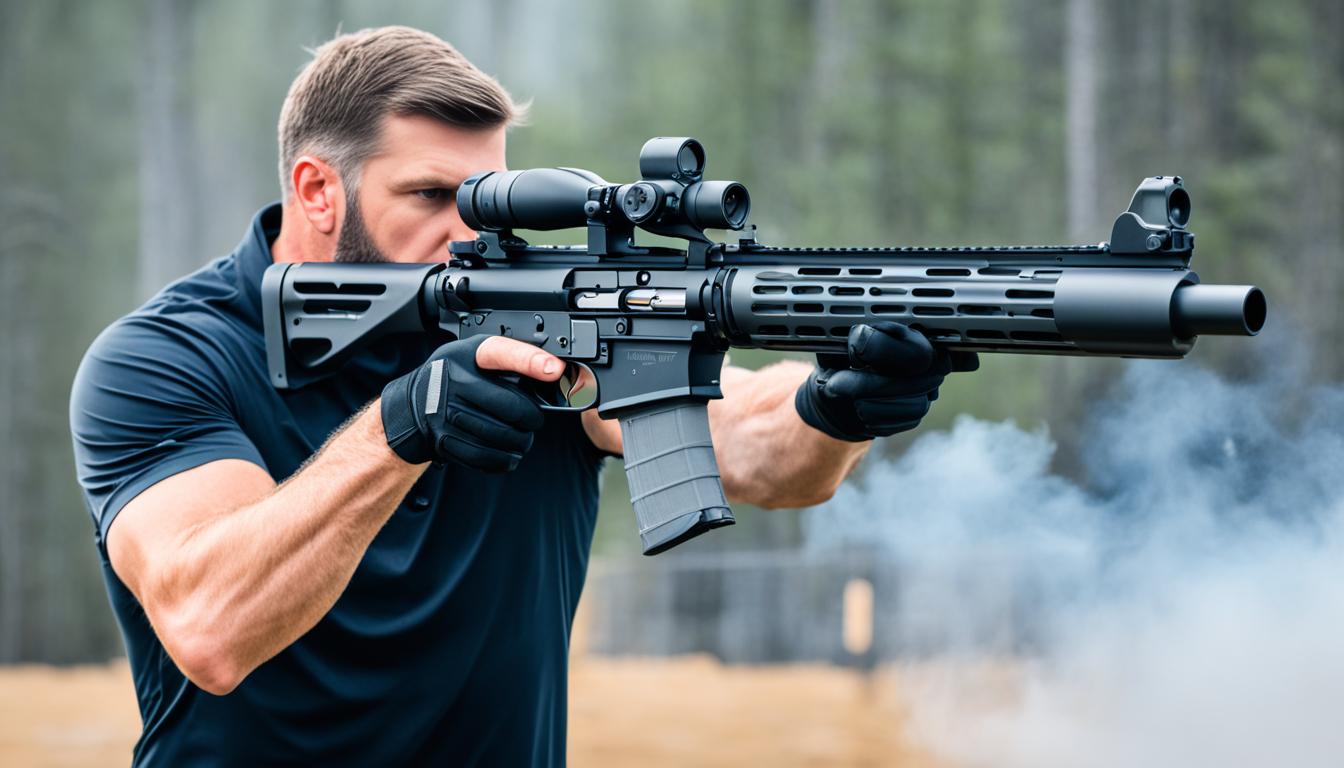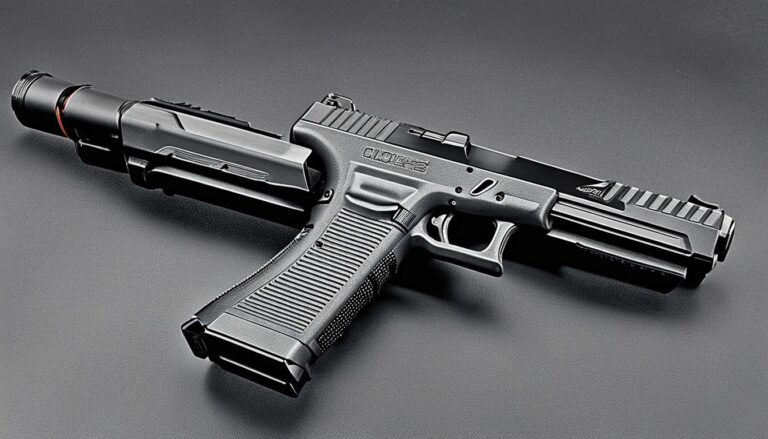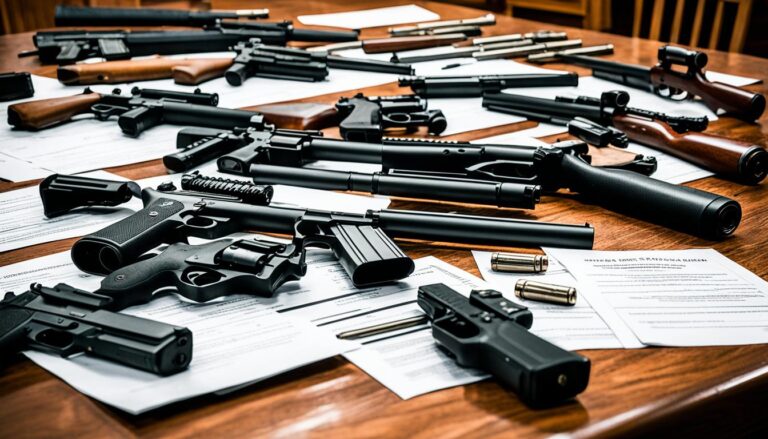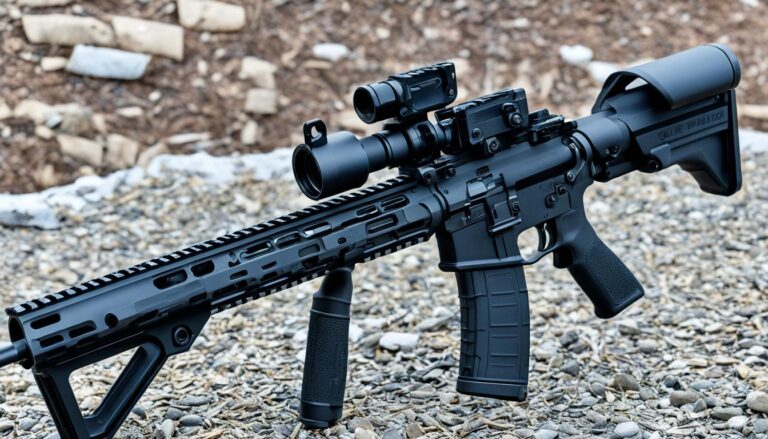Brace Assisted Short Barrel Firearms
The world of compact firearms has witnessed a significant innovation with the advent of brace supported SBRs. These Short Barrel Rifles (SBRs) have redefined shooting accuracy and offer substantial tactical advantages in various scenarios. Combining the agility of a compact design with the stability of brace support, these firearms cater to both personal defense enthusiasts and recreational shooters looking for a versatile, powerful option.
From their origins to the present day, brace assisted short barrel firearms have evolved to meet a growing demand for efficiency and precision in a compact package. Not only do they enable shooters to maintain better control and stability, but they also enhance tactical maneuverability. Whether navigating the confined spaces of indoor ranges or the challenging terrain of outdoor environments, brace supported SBRs represent a harmonious blend of form and function for today’s discerning shooter.
Understanding Brace Assisted Short Barrel Firearms
The realm of brace assisted short barrel firearms is one that marries SBR dynamics with innovative brace utility, constantly guided by evolving ATF guidelines. This synergy of technology and legal compliance shapes the shooting experience and invites firearm innovation, ensuring both performance enhancement and adherence to law.
The Basics of Short Barrel Firearms and Braces
Central to the allure of the modern SBR is the incorporation of braces which stabilize the firearm during use. Braces serve as an essential tool, improving the shooter’s control and increasing accuracy without the bulk of traditional stocks. Understanding the mechanics behind these braces reveals just how pivotal they are to the agility and efficiency of an SBR.
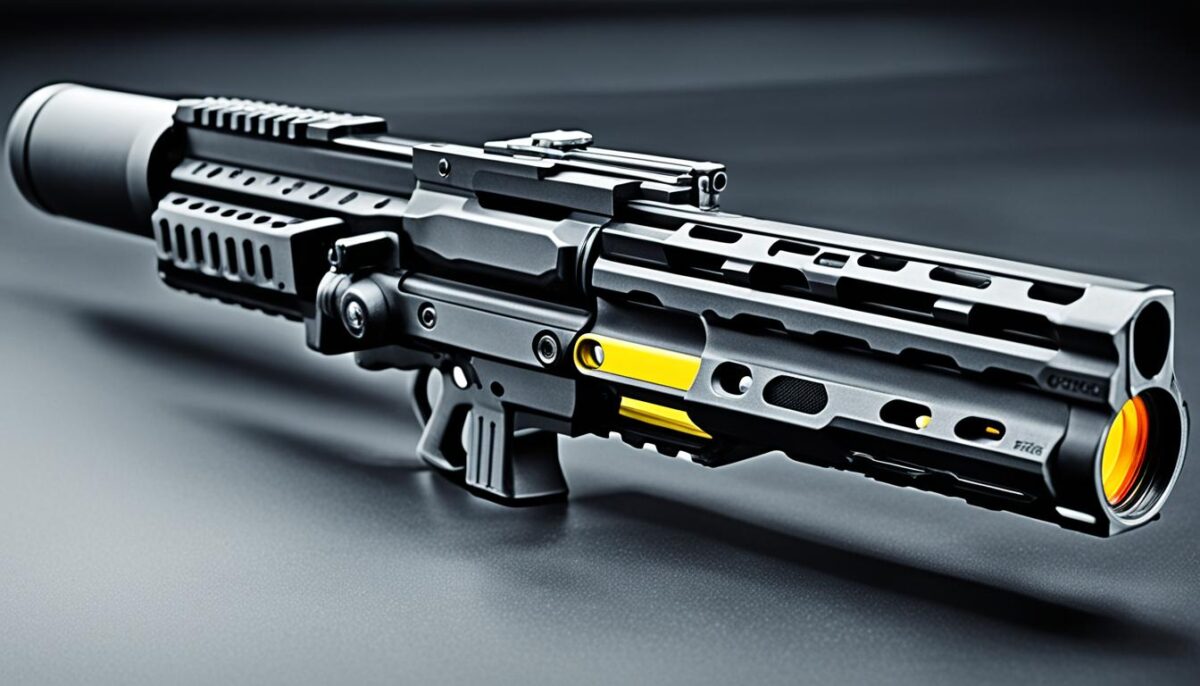
Legal Considerations and ATF Regulations
Navigating the legal landscape is paramount for SBR enthusiasts. ATF guidelines dictate criteria for ownership and operation, reinforcing the need for diligence and legal insight. The consequences for non-compliance can be severe, making up-to-date knowledge of current laws a cornerstone of responsible firearm ownership.
Brace Functionality and Design Evolution
The chronicle of brace development is a testament to firearm innovation. From rudimentary straps to the latest in ergonomic designs, today’s braces not only exemplify user-friendly functionality but also a commitment to durability. As the SBR ecosystem evolves, so too do the features and flexibility of the braces, illustrating the industry’s dedication to enhancing the shooter’s experience.
| Year | Brace Innovation | Feature Improvements | User Impact |
|---|---|---|---|
| 2013 | Initial Brace Design | Basic strap functionality for stability | Introduced concept of braced shooting |
| 2015 | Adjustable Braces | Customizable fit for individual shooters | Improved comfort and control |
| 2018 | Folding Braces | Portability without compromising stability | Enhanced convenience for transportation |
| 2021 | Smart Brace Technologies | Integrated recoil management systems | Sophisticated recoil control and accuracy |
Choosing the Right Brace for Your Short Barrel Firearm
When it comes to enhancing your shooting experience, selecting the appropriate brace for your short barrel firearm is critical. The right brace can make all the difference in terms of shooting comfort, firearm personalization, and achieving optimal performance. To assist you in this crucial brace selection process, let’s explore some key considerations that can lead to an informed decision.
Material, adjustability, and ergonomics play essential roles in the utility and comfort of your firearm’s brace. Below is a checklist dedicated to assisting you in identifying the best brace to suit your specific needs, whether for competitive shooting, hunting, or defense.
- Material: The construction of a brace impacts durability and user experience. Options range from polymer to metals like aluminum or steel.
- Adjustability: A brace that is adjustable can accommodate different shooting positions and body sizes, which is crucial for a tailored fit.
- Ergonomic Design: The brace should contour to your arm, providing a comfortable and secure platform for accurate shooting.
- Compatibility: Ensure that the brace fits your specific firearm model. Compatibility can affect installation ease and functionality.
The table below provides a comparison of popular braces to aid in your selection. Recognizing the importance of these elements can significantly contribute to not just the comfort, but also the performance of your short barrel firearm.
| Brace Model | Material | Adjustability | Ergonomics | Compatibility |
|---|---|---|---|---|
| SB Tactical SBA3 | Polymer | 5-Position | Enhanced | Wide range of platforms |
| Shockwave Blade | Reinforced Polymer | Fixed | Minimalist Design | Universal Fit with adaptor |
| Maxim Defense CQB | 7075 Aluminum Alloy | Continuously adjustable | Tactical Non-Slip Design | AR-15 Platforms |
Each brace has its unique attributes, and identifying what aligns most closely with your shooting style and comfort preferences is paramount. Moreover, always keep in mind the legal considerations when modifying your firearm. Personalizing a short barrel firearm with the ideal brace can elevate your shooting to the next level, providing you with a stable platform that doesn’t compromise on agility or ease of use.
By prioritizing these considerations, you can ensure that your brace choice not only enhances the aesthetics of your firearm but also contributes positively to your shooting performance and overall satisfaction.
Tips for Safely Operating Brace Assisted Short Barrel Firearms
Safe firearm practices are vital for anyone looking to operate brace assisted short barrel firearms effectively. The distinctive design and operation of these firearms require a specialized approach to handling and care to maximize safety and performance. In this section, we’ll walk through the best practices to cultivate, ensuring that your shooting experience is both secure and satisfying.
Proper Stance and Handling Techniques
When shooting with a brace assisted SBR, adopting a reliable shooting stance is fundamental. Your stance should provide both stability and mobility, allowing for maximum control and accuracy. Always keep the firearm pointed downrange, with your body aligned to absorb recoil efficiently. An accurate stance minimizes risk and increases precision, enabling a smoother shooting experience tailored to the ergonomics of your firearm.
Maintenance and Care for Longevity
Firearm maintenance is just as important as the correct shooting technique. Regular cleaning and inspection of both your short barrel firearm and brace ensure that each component functions as intended. Pay attention to the manufacturer’s guidelines for care and be proactive in replacing parts that show signs of wear. Proper care not only extends the life of your firearm but also supports safe operation in every use.
Accessorizing: Enhancing Performance and Practicality
Accessorizing your firearm with tactical accessories should never be at the expense of safety or legal compliance. Choose accessories that enhance the functionality of your SBR, like sights for improved targeting or grips for better control. Each addition should serve a practical purpose and integrate seamlessly with your firearm’s design, ensuring a balanced configuration that supports responsible and effective use.

